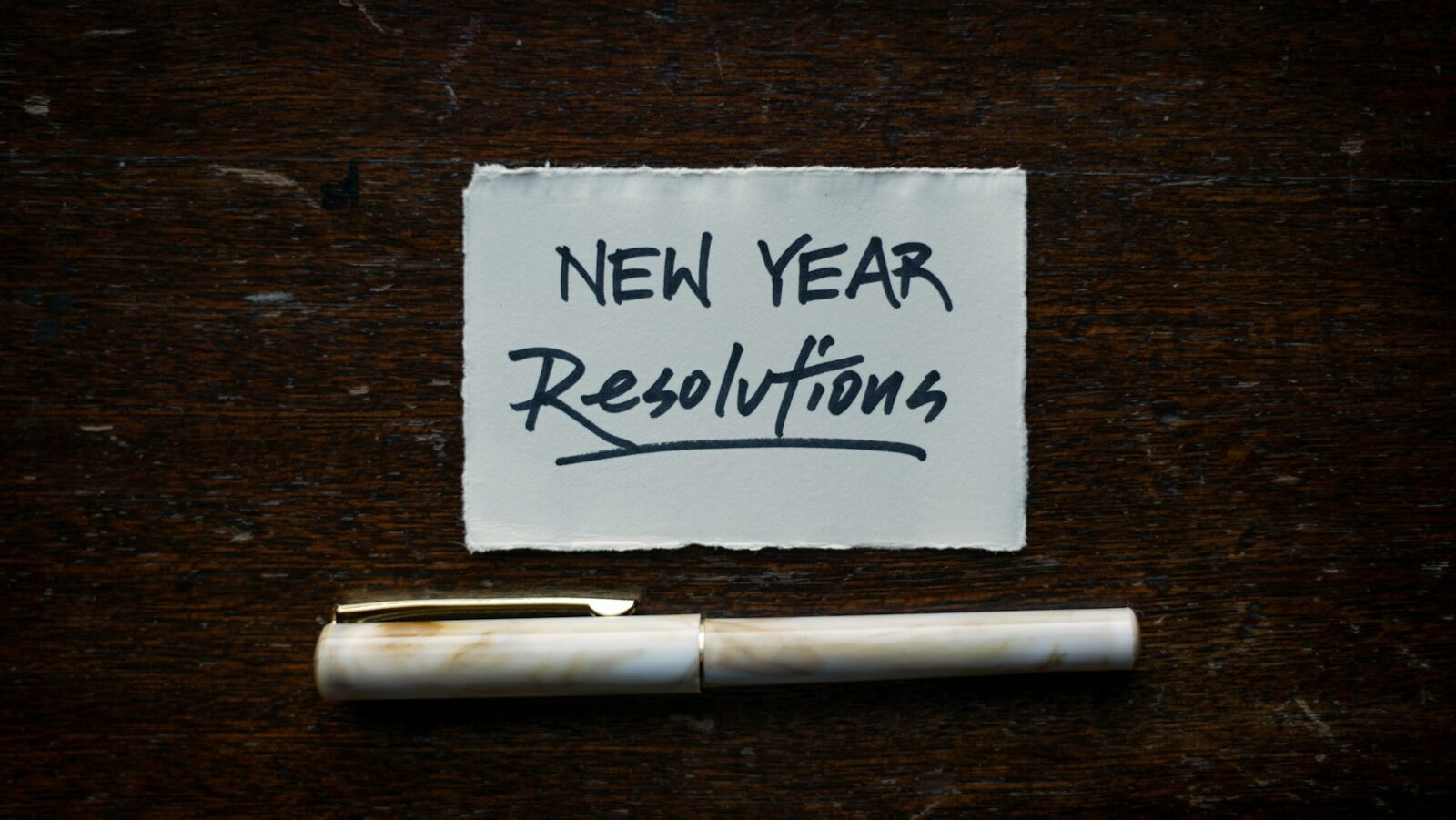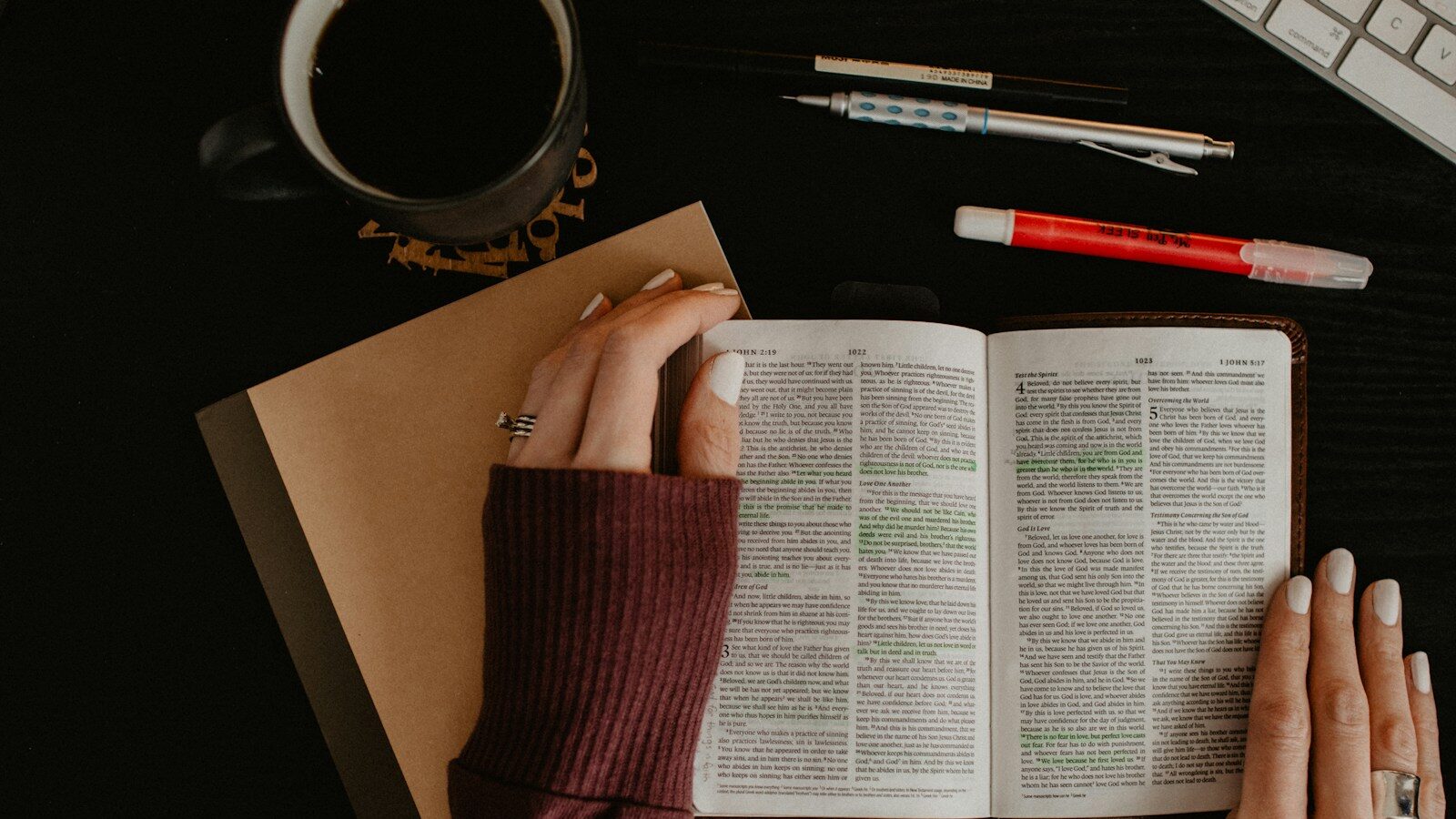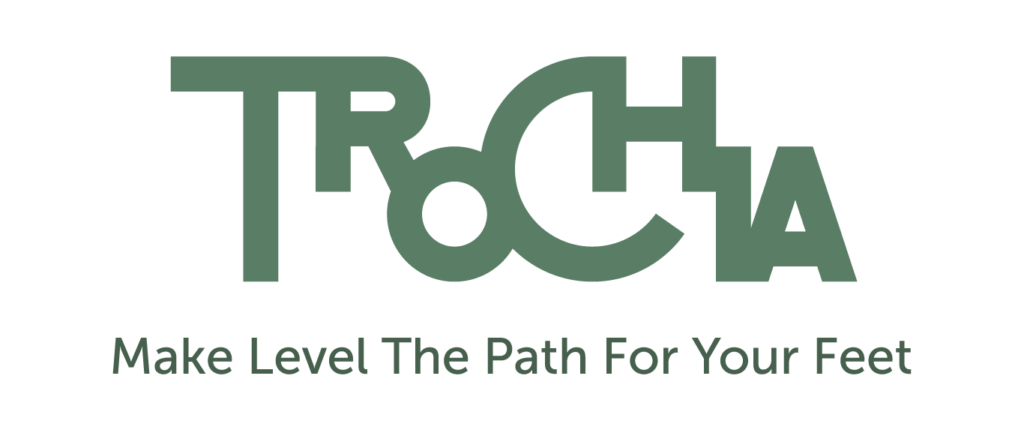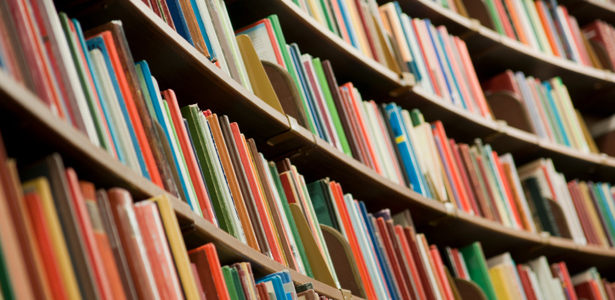Read to engage culture
Reading is a powerful way of engaging with and impacting culture. Reading shows us, in ways that other mediums can’t, the art of language and communication, detailed transmission of facts and figures and a wide variety of perspectives.
Our ability to grasp the meaning, intention and focus of the author is a gift we are given as reasonable being created in the image of God. Through reading a wide array of opinions and styles, we start to understand what is true (or false) about various perspectives, and what lends interest to our daily journey. For generations, the written word has helped us to craft an idea about how the world ought to be.
Think of books as collections
Books represent collections of ideas, perspectives and techniques. A library represents an amazing collection of information. There is a myriad of authors, perspectives and historical narratives, each differing from the other. There are different genres: poetry, history, romance, adventure and even technical documentation. Each of these books has an objective, and when you read them, you gain insight into the author’s perspective.
This all might seem obvious, but I want to point out the differences between reading and other mediums, and different styles of literature for a reason: you can read an entire library in a single year.
It’s true! My recommendation for your reading list will detail the histories of numerous great nations. It will span many generations and thousands of years. It includes all genres – history, romance, poetry, historical narratives and philosophical musings. It includes various authors and is composed entirely of source documents. There are no abridged, edited or shortened versions in this library – you will see the hand of the original author.
Additionally, by reading this library, you should be able to recognize the ultimate meaning, goals and objectives of these authors. This library will instruct, exhort, lament and venerate all that is true, good and beautiful. These books represent a unique perspective and history of our world and the problems of the ages.
Can you really find, focus and reflect on such a library?
Yes! This is exactly what you’ll find in your Bible.
Many people read their Bibles like a handbook, others like a map, still others like mythology. But as I just revealed, the Bible is composed of many different styles under one cover. It’s important to remember that just as you wouldn’t read Thoreau in the same way you would a mechanical guide to your car, the different books of the Bible are intended to be read with care, considering the objective, author, time of writing and cultural nuances. But such ambiguity and variety should excite rather than dissuade you from reading it!
Pick up your Bible and try reading it in one year. I find it easier to keep going if I read out loud. By reading out loud I can give meaningful inflections to the words that I’m reading, and this helps me reflect on how the author must have meant the sentence to be read. Should I read it with sorrow in my voice, like a shout of warning, or with euphoric happiness? Do I see the context of each verse and what they would have meant to the original reader? Do your best to read carefully and consider each book of the Bible as it’s own work of art – and be amazed as you see the over-arching, supernatural story of God’s work in the world unfold in every page.
So give it a whirl! You really can read the whole library this year.
Several good Bible Reading Plans are available here. Or, if you prefer, use your cell phone to access Bible Reading Apps here. Also, check out some other great tips and Bible-reading encouragement here.
Read an earlier post by Dennis here.
Related Articles

Fitness and Faith – Take the Challenge!

My New Year’s Resolution Commitment to Growth: A Practical Guide for Following Through

5 Time Management Tools

Bible Study Hacks: Making Scripture Come Alive

What Does Faith Mean in Our Daily Life?


